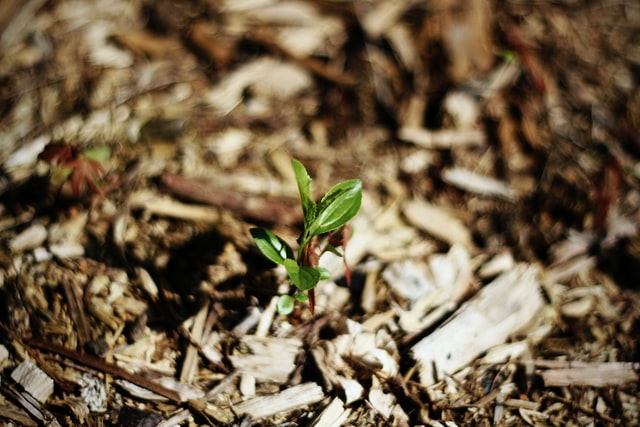A general contractor is a person in charge of overseeing a build from beginning to end. They are responsible for hiring and scheduling the sub-contractors and maintaining a line of communication with them throughout the build. Their role is to ensure that each trade does all necessary work. Because of this, they have significant control over the entire process. However, this control does not come without a price.
Getting an estimate from a general contractor
When negotiating with a general contractor, you should know the different costs involved. You should be aware of overhead and profit, usually around 20% of the estimate. These costs represent the operating costs of the general contractor and their profit. In addition to their labor, they also bear overhead, such as property insurance claims. It’s always good to ask for an estimate before committing to a project, so you can compare quotes and negotiate the final price.
Before creating an estimate, a general contractor should visit the site, meet with any reliable subcontractors, and discuss the project’s scope. Once they have agreed on the price, they can prepare the estimate for you. It helps to ask the contractor to provide a pricing guide that lists common materials and subcontractors. You can also check out the contractor’s online presence and read reviews and ratings to know if they are legitimate and have good reputations.
It is also important to remember that not all contractors will charge the same price for the exact scope of work, so it’s always a good idea to request a detailed estimate from multiple contractors like general contractors Hartsdale, NY. While it may seem reasonable to choose the lowest price, this isn’t a good idea; the lower estimate was based on a better scope of work. In other words, if the estimate was low, the lower price was simply because the contractor couldn’t communicate it.
Getting a quote from a design-build general contractor
When choosing a design-build general contractor, you can expect to spend two to three days discussing the project with the team. During this time, the contractor should draw up a basic scope of work that details the project’s specific requirements. This document should also include any changes you’d like to make. Next, the design specialist should work on the final plans for about five days. After that, the GC should produce an order of magnitude budget based on the preliminary plans.
The benefits of design-build are clear. You won’t need to be involved in every decision, and you’ll benefit from a single point of contact throughout the project. You’ll have a designer and a contractor who constantly communicate with each other. This means that changes to the project are always addressed with the entire team. This model also encourages collaboration and problem-solving among team members, which reduces time and costs.
The first step in getting a design-build general contractor’s quote is to evaluate the proposal. You’ll move to the construction documents phase if you accept the proposal. At this stage, the GC will meet with your architect and engineer on-site and will likely open up your attic and crawl space to look for hold-downs and other structural elements. You should then evaluate the proposals for their value and quality.
Getting a quote from a subcontractor
Getting a quote from a subcontractor can be a tricky business. Even if you’ve already selected a general contractor, you might get a quote from a subcontractor before the project even begins. However, there are a few things you should know about quotes. So here are some tips to get the best quote from a subcontractor. If you’re working with a general contractor, you may want to follow these tips to avoid a mistake that could cost you money in the long run.
Firstly, you must avoid wasting the time of the subcontractor. Remember, he isn’t 100% certain of getting the job. He put in a lot of effort to land the job so that they may lose it to another subcontractor. Make sure you ask for the quote in writing. Make sure you’re clear about the scope of the work and what the final cost will be.
Secondly, make sure you get a written quote. A subcontractor should provide a written quote for each job based on your plans and specifications. This will help you set a budget and pre-qualify the subcontractor. You can then compare multiple quotes. For example, you might find a better deal by getting more than one quote from the same contractor. And you might even find that the one with the lowest price isn’t the best for your project.


